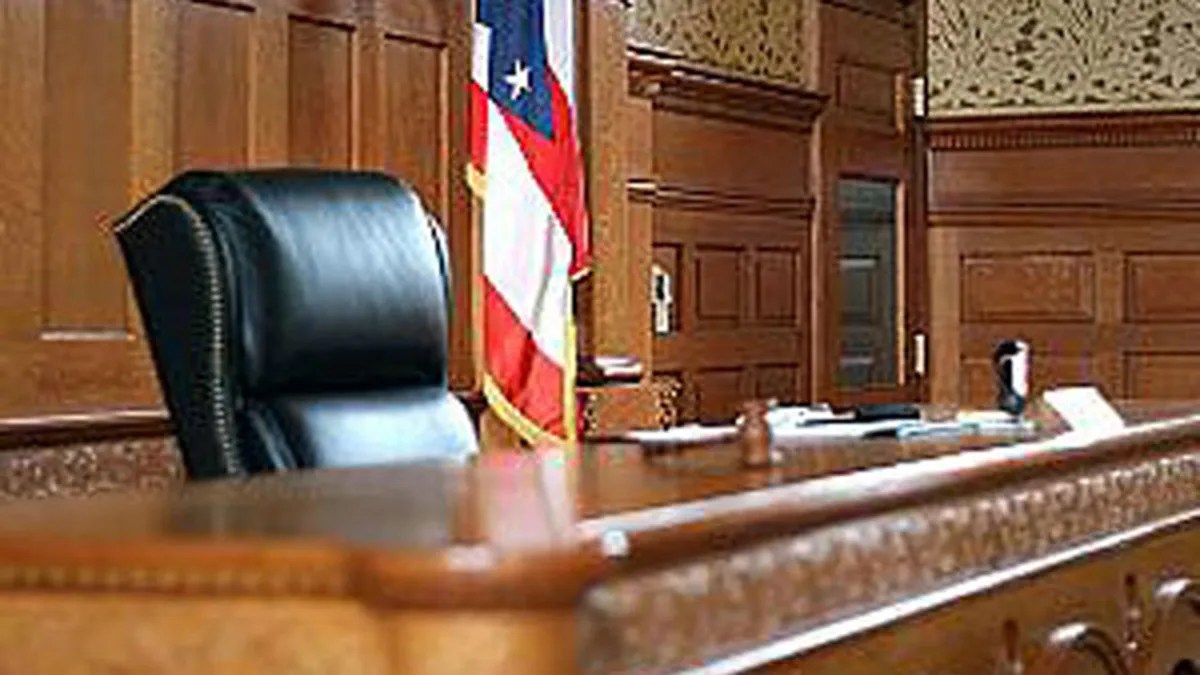When a manslaughter case surrounding a blaze that killed two firefighters in a condemned ground zero skyscraper goes to trial this spring, a judge and a jury may split the role of deciding the verdict.
Lawyers for an asbestos-cleanup director and his employer said Monday they want to forgo a jury, while two other defendants would have one in the criminal case arising from the August 2007 blaze at the former Deutsche Bank building.
The judge and jurors would hear evidence side-by-side and render separate verdicts in a single trial, an unusual scenario in American courtrooms. The judge would weigh the charges against Mitchel Alvo and the John Galt Corp. while jurors did the same for Salvatore DePaola and Jeffrey Melofchik.
The three men and the company all face manslaughter and other charges in the fire at the tower. Prosecutors say the defendants failed to fix and covered up a break in a vital firefighting water pipe, called a standpipe. The defendants say they're being scapegoated for regulators' oversights.
With jury selection set to start March 21, state Supreme Court Justice Rena K. Uviller said she would review the request and noted that state law gives her limited discretion to refuse it. But she underscored the potential stakes.
"It's harder to persuade 12 people than it is to persuade one" of a person's guilt, she told Alvo.
Lawyers for Galt and Alvo didn't explain their reasons for wanting what's known as a bench trial rather than a jury trial, and Uviller has imposed a gag order on those involved in the case. In a jury trial, the judge's role is to rule on legal questions while jurors assess the facts of the case and render a verdict. In a bench trial, the judge plays both roles.
Local
In general, defendants sometimes prefer to have judges decide complex and technical cases that involve knotty legal issues. Defendants also sometimes believe a judge might be more likely than jurors to put aside sympathy for victims when weighing cases.
Contaminated by toxic debris in the Sept. 11 terror attacks, the building was being dismantled when a fire tore through several floors on Aug. 18, 2007. Firefighters Robert Beddia, 53, and Graffagnino, 33, died of smoke inhalation amid a maze of hazards that included deactivated sprinklers, blocked stairwells, an air system that concentrated the smoke and the broken standpipe.
Authorities determined that a worker's careless smoking started the blaze, and they acknowledged oversight failures in a building that was subject to inspection by a roster of government agencies, which are generally immune from criminal prosecutions.
The only entities and people criminally charged were Galt, which was doing asbestos-cleanup work at the building; Alvo, 58, the project's director; DePaola, 56, a Galt foreman, and Melofchik, 49, the site safety manager for Bovis Lend Lease, the general contractor dismantling the building.
If convicted, the three men could face up to 15 years in prison, while the company could be fined up to $10,000.
While simultaneous jury and bench trials in a single case are uncommon, they're not unheard-of in civil and criminal courts. In one example, two brothers were tried in the 1988 killings of a man and his son outside a Chicago-area bar. A jury convicted one brother of murdering the son; a judge acquitted the other brother of murder but convicted him of aggravated battery in the attack on the father.



